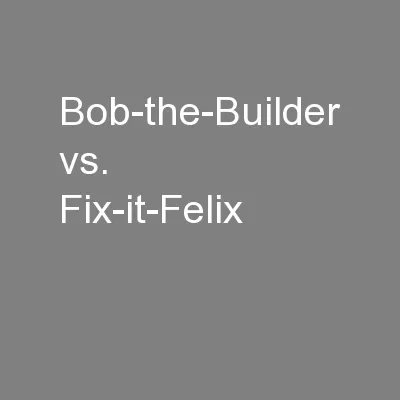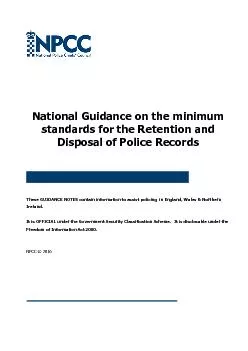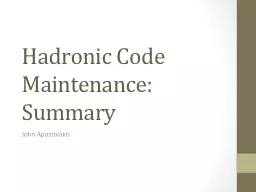PDF-CHURN VALUEHOW CAN COMPANIES RETAIN CUSTOMERS IN AN INCREASINGLY VOLAT
Author : pamella-moone | Published Date : 2016-05-20
1 CHURN VALUEHolding on to customers is getting tougher Most companies in mass consumer subscription industries such as telecoms broadband or pay TV are seeing significant
Presentation Embed Code
Download Presentation
Download Presentation The PPT/PDF document "CHURN VALUEHOW CAN COMPANIES RETAIN CUST..." is the property of its rightful owner. Permission is granted to download and print the materials on this website for personal, non-commercial use only, and to display it on your personal computer provided you do not modify the materials and that you retain all copyright notices contained in the materials. By downloading content from our website, you accept the terms of this agreement.
CHURN VALUEHOW CAN COMPANIES RETAIN CUSTOMERS IN AN INCREASINGLY VOLAT: Transcript
Download Rules Of Document
"CHURN VALUEHOW CAN COMPANIES RETAIN CUSTOMERS IN AN INCREASINGLY VOLAT"The content belongs to its owner. You may download and print it for personal use, without modification, and keep all copyright notices. By downloading, you agree to these terms.
Related Documents














